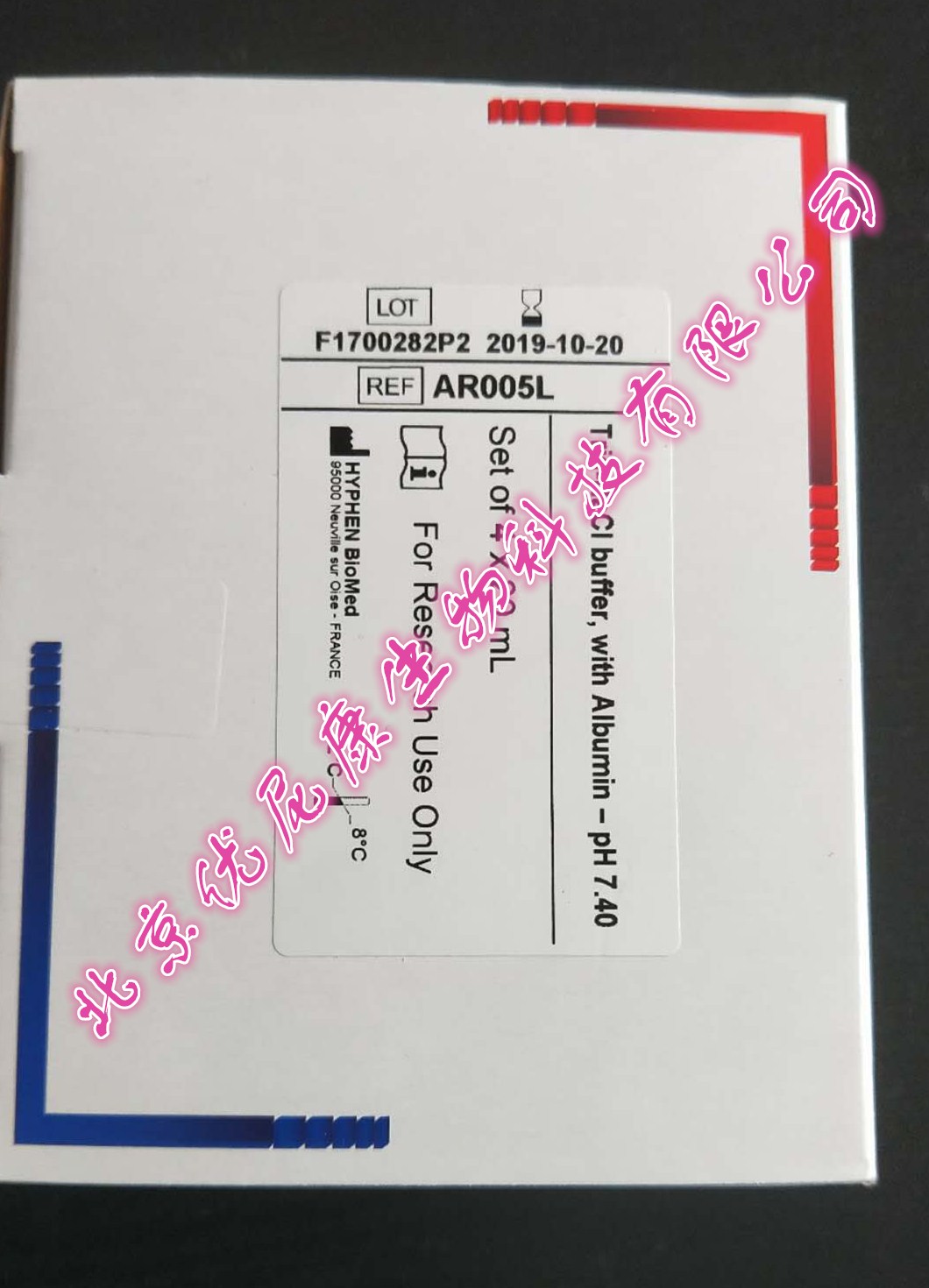
22, 23 LV pseudotyped with certain of these envelope proteins ( e.g., feline endogenous leukemia retrovirus, gibbon ape leukemia virus, baboon endogenous retrovirus ) require an enhancement reagent to effectively bind and enter HSCs 22, 24 and other cells such as T cells, while measles virus (MV)-LV pseudotyped with measles H and F glycoproteins achieve good transduction rates also in the absence of enhancers. To overcome restrictions in viral vector entry to HSCs, alternative pseudotypes have been developed, which also show reduced toxicity during production. 18, 19 For example, vesicular stomatitis virus G protein (VSVG)-pseudotyped lentiviral vectors (LV) transduce primary T cells effectively at a low multiplicity of infection (MOI = 1), 20 while HSCs often require 100-fold more vector. 16, 17Įffective transduction is also highly dependent on the pseudotyping protein used and the receptor availability on the target cell. Rapamycin influences endocytotic mechanisms, 14 staurosporine inhibits threonine/serine kinases, which relax chromatin, and leads to an improved nuclear localization of the pre-integration complex, 15 while substances that improve HSC self-renewal and engraftment such as prostaglandin E2 and valproic acid also lead to increased HSC transduction rates. Rather than influencing vector cell surface binding and entry, alternative substances can also be used to modulate hematopoietic stem cell (HSC) physiology to increase the proportion of genetically modified cells. These methods can also be combined with physical methods such as centrifugation, 10 filtration, 11 or magnetic force 12, 13 to further enhance transduction performance. Polycationic reagents such as lipids, 5 polymers, and peptides 6 induce aggregation of vector particles and facilitate binding to target cells via modulation of electrostatic interactions, 7 poloxamers influence membrane fluidity and improve transmembrane transport, 8 whereas bridging molecules, such as recombinant fibronectin, 9 interact with both vector particle and cell membrane. Modification of target cells with retroviral vectors often requires the presence of a transduction-enhancing reagent. 3, 4 One of the costlier reagents required for the manufacturing is the viral vector, therefore possible savings could be reached by reducing the viral vector production costs or by increasing the efficiency of viral vector transduction of target cells, thereby reducing the amount of viral vector required.

1, 2 To enable successful acceptance of these technologies into clinical routine, manufacturing must be simplified and costs must be reduced. The current gold standard for the ex vivo genetic modification of target cells for these approaches is to use retroviral vector-based gene transfer technologies. As Vectofusin-1 is a soluble peptide, it was possible to easily transfer the T cell transduction method to an automated closed manufacturing platform, where proof of concept studies demonstrated efficient genetic modification of T cells with GALV-RV and RD114-RV and the subsequent expansion of mainly central memory T cells to a clinically relevant dose.Ĭell and gene therapy is entering a renaissance with successful therapies receiving market approval for use in oncological and stem cell transplantation settings. Using a variety of viral vectors and target cells, Vectofusin-1 performed in a comparable manner to the traditionally used surface-bound recombinant fibronectin. Functional, ErbB2-specific chimeric antigen receptor-expressing T cells could be generated using a gibbon ape leukemia virus (GALV)-pseudotyped RV. The formation of Vectofusin-1 complexes with MV-LV retargeted to CD20 did not alter the selectivity in mixed cell culture populations, emphasizing the precision of this targeting technology.

Using Vectofusin-1 in combination with LV pseudotyped with viral glycoproteins derived from baboon endogenous retrovirus, feline endogenous virus (RD114), and measles virus (MV), a strongly improved transduction of HSCs, B cells and T cells, even when cultivated under low stimulation conditions, could be observed.

This study describes the use of a transduction enhancing peptide, Vectofusin-1 ®, to improve the transduction efficiency of primary target cells using lentiviral and gammaretroviral vectors (LV and RV) pseudotyped with a variety of envelope proteins. One major cost factor is the viral vector production itself, therefore improving the gene modification efficiency could significantly reduce the amount of vector required per patient. However, these therapies, which involve the use of viral vector to modify the target cells, are expensive and there is an urgent need to reduce manufacturing costs. Cell and gene therapies are finally becoming viable patient treatment options, with both T cell- and hematopoietic stem cell (HSC)-based therapies being approved to market in Europe.


 0 kommentar(er)
0 kommentar(er)
